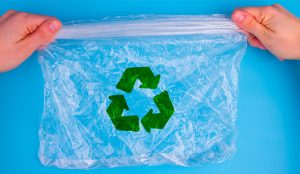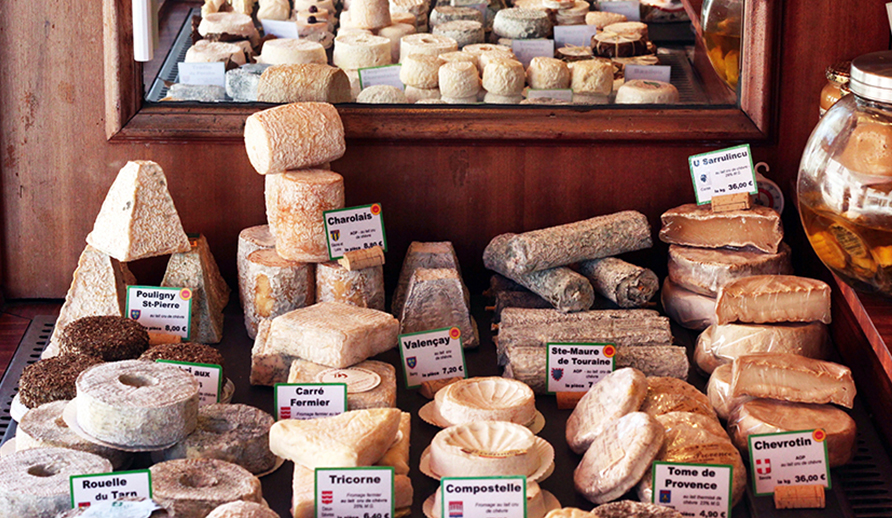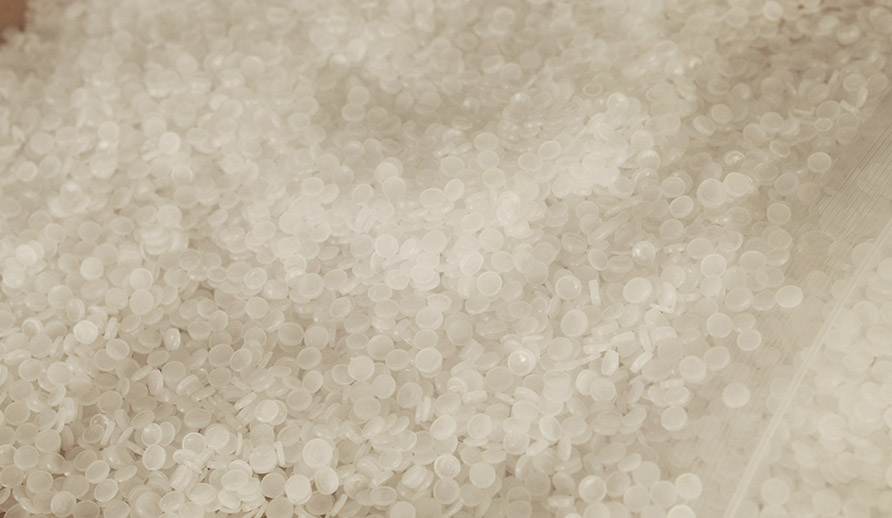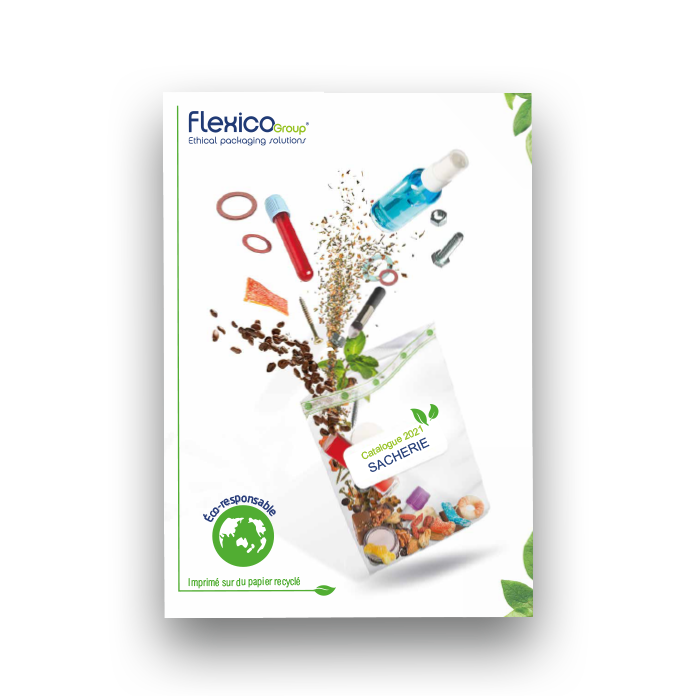
Packaging represents 45% of the 4.8 million tons of plastic consumed in France (source ELIPSO, Eurostat)
Packaging is the sector that consumes the most plastic in France. Its proven environmental impact requires the implementation of improvement measures to find a balance between a sustainable future and a consumption mode adapted to contemporary lifestyles. Packaging meets key needs such as increasing the shelf life of food, preserving products and respecting hygiene measures, particularly due to the nomadism and current habits of consumers. It is therefore necessary to adapt it to the requirements of the eco-citizen to make it the ally of future generations. In this article, discover how packaging can meet the requirements of eco-citizens!
1. Recycling: an answer that appeals to eco-conscious customers
Bring more recyclable materials to market
Recycling is increasingly integrated into household waste management with 3.3 million tons of waste recycled in 2016 out of 4.9 million tons placed on the market. Plastic represents about 2.2 million tons of household and industrial waste but only 25.4% of plastic packaging is recycled (source ELIPSO, Eurostat, 2016 figures). To increase the share of recyclable plastic packaging, we simply need to increase the use of already recyclable plastics such as PE (polyethylene) and PP (polypropylene) in the manufacture of packaging. PE is also an alternative for more complex packaging that requires barrier properties to preserve food when structured in multiple layers. Finally, favoring the use of paper packaging when it does not impact the storage quality of the packaged product can also represent an effective packaging solution that is easily recyclable.
Continue to raise consumer awareness
Recycling offers great prospects for waste reduction when applied assiduously. However, faced with the number of different materials on the market, the different acronyms and the classification of plastics, the consumer is easily lost and drowned in information. To meet the demands of the eco-citizen, it is important to continue to raise consumer awareness by offering clear communication on the packaging to be recycled, without the consumer having to go looking for the information by himself. Experts in the field agree on the need to make consumers more responsible for recycling, but to do this, it is also necessary to facilitate the dissemination of information so that recycling is not an additional effort to be made but is a natural part of everyone’s lifestyle.
2. Better adapted packaging is favored by eco-citizens
Change the composition of the packaging
The environmental impact of packaging is not limited to the material it is made of. Packaging is also made up of printing inks and glue. Some inks and glues are polluting, toxic and produce residues. This is the case of highly colored or metallic inks, over-lacquers and acrylic, adhesive or self-adhesive glues. To meet the requirements of the eco-citizen, it is necessary to promote the design of packaging made of washable adhesives that do not produce discharges in the wash water, such as water-based or vegetable inks and adhesives.
Reduce packaging
To enhance a product, facilitate storage, inform the consumer or reduce production costs, it is common to see the use of several different packages. This is the case, for example, of an edible product wrapped first in an aluminum package to preserve its flavors and then covered with a cardboard package, printed, to present the product. This is called overpackaging. Reducing the amount of packaging is an environmentally sustainable approach as it reduces the costs of manufacturing over-packaging as well as the costs of processing the waste, which is produced in smaller quantities. Offering simplified packaging; in materials that already offer interesting barrier properties and whose brand and composition information is directly printed on the packaging; represents an effective solution to reduce their quantity.
3. Develop sustainable solutions to meet the demands of environmentally conscious consumers
Promote eco-design
Eco-design is the fact of considering the environmental impact of a packaging before it is even manufactured and of developing alternatives that will limit the negative consequences on the environment throughout the life of the packaging. As the saying goes, „prevention is a cure“ and it is by making the manufacture of packaging responsible from the outset that we will be able to provide concrete solutions to the demands of the eco-citizen.
Implementing the extension of sorting instructions
In 2016, 68% of household packaging was recycled, of which only about a quarter of plastic packaging. According to the ecoemballages.fr website, the sorting of plastic packaging is limited by the sorting device set up 25 years ago. Taking measures to double the recycling rate of plastic packaging through the implementation of new, modern and better adapted plastic recycling systems will meet the expectations of citizens concerned about the environment.
In view of the necessity of packaging in everyday life, changes in consumption behavior must be specifically adapted: reduce packaging when it is not necessary, use recyclable and non-toxic components, assess the environmental impact of a package from its design, increase sorting instructions but also promote research and development to find sustainable alternatives.
Recently, bags made of bioplastics have come onto the market (plant-based plastics). Even if they do not constitute a definitive answer to environmental problems, they show the will to put research at the service of the development of solutions that meet the requirements of consumers to propose sustainable alternatives.
To learn more, read our White Paper on the Reform of the Circular Economy.


